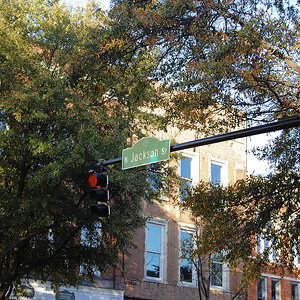BuS_RiDeR
No longer a newbie, moving up!
- Joined
- Oct 29, 2009
- Messages
- 2,355
- Reaction score
- 83
- Location
- Riverview, New Brunswick, Canada.
- Website
- mdlphotography.blogspot.com
- Can others edit my Photos
- Photos OK to edit
I can't help but feel that I should know the answer to this... But I'm a bit confused. In my research of flashes/strobs, I have noticed that most web sites, blogs. and videos that I've seen; refer to the optimal sync speed for studio work with speedlights or strobes is 1/200th of a second.
Am I correct in saying that the sync speed is determined by the camera and not necessarily the flash/strobe that is being used?
For example: My Canon 50D does not seem to support 1/200th... However, it does do 1/250th... And my camera manual refers to 1/250th as the sync speed. So... does that mean that the camera determines the sync speed?
Am I correct in saying that the sync speed is determined by the camera and not necessarily the flash/strobe that is being used?
For example: My Canon 50D does not seem to support 1/200th... However, it does do 1/250th... And my camera manual refers to 1/250th as the sync speed. So... does that mean that the camera determines the sync speed?


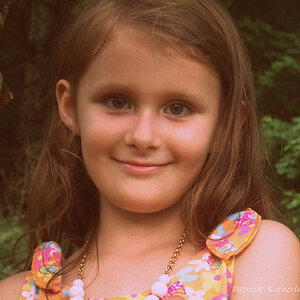
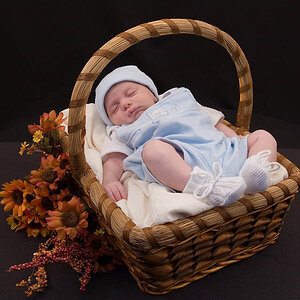
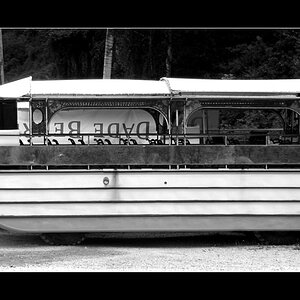

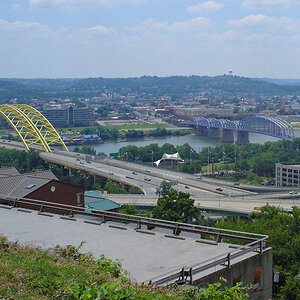
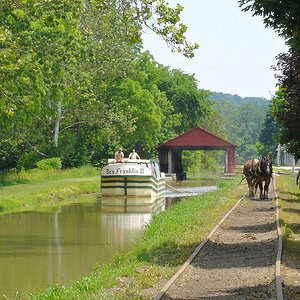

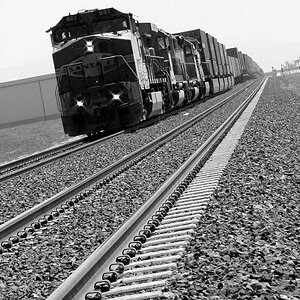
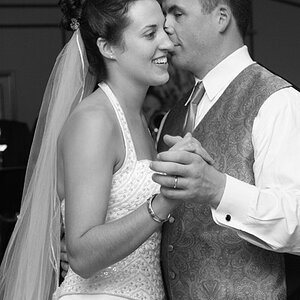
![[No title]](/data/xfmg/thumbnail/41/41921-10ae2355bbcea545815ebd932ee145a7.jpg?1619739944)
![[No title]](/data/xfmg/thumbnail/32/32183-06800ba86381f42976d75297ee6b5942.jpg?1619735235)
